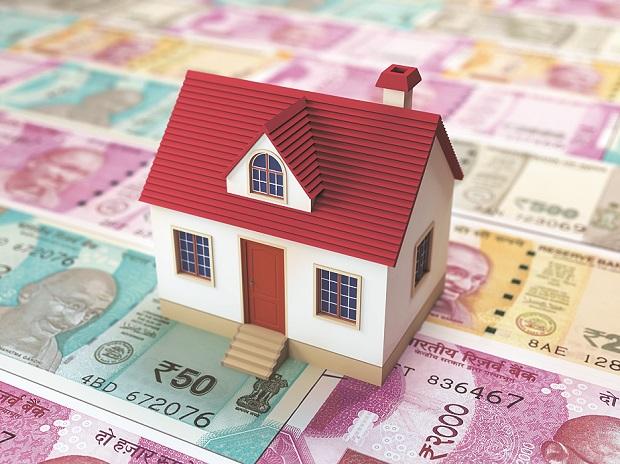[ad_1]
On Wednesday, the Reserve Bank of India (RBI) increased the repo rate by 25 basis points, taking it to 6.5 per cent. Since May 2022, the repo rate has been hiked by 250 basis points. One basis point stands for 0.01 per cent.
The repo rate, short for repurchase option rate, is the interest rate at which RBI lends money to banks and financial institutions against government securities. It is used by banks to determine the interest rates on deposits as well as to fix the interest rates on loans. The deposit and lending rates are directly proportional to the repo rate. If the repo rate goes up, the deposit rates, as well as the loan rates, go up. The banks lower these rates if the RBI slashes the repo rate.
So, with the repo rate rising, the interest rates on home loans have also risen. This puts pressure on home buyers.
“The 25 basis points hike is seen as a measure to protect the rupee from further depreciation, control import-driven inflation, and promote sustainable growth at a rate of 6.5 per cent or higher. As a result of this announcement, home loans are expected to become more expensive,” said Manish P Hingar, founder of the financial planning platform Fintoo.
But by how much have the equated monthly instalments (EMIs) on home loans risen?
To determine the impact of the repo rate hike on home loans, let us consider the home loan interest rates of India’s two biggest banks, the State Bank of India (SBI) and HDFC Bank.
State Bank of India (SBI)
Scenario 1:
It is May 2022, and a person wishes to take a loan of Rs 10 lakh from the SBI for a 10-year tenure.
In May 2022, the interest rate was 6.65 per cent, and the EMI they would need to pay the bank would amount to Rs 11,432.
Now, after the December repo rate hike by the RBI, the SBI has hiked its home loan interest rate to 8.9 per cent. So the person will now have to pay an EMI of Rs 12,614 on the same loan.
This means their EMI has jumped by Rs 1,182 per month.
Scenario 2:
It is May 2022, and a person wishes to take a loan of Rs 30 lakh from the SBI for ten years.
The interest rate was 6.65 per cent, and the EMI they would need to pay the bank would amount to Rs 34,294.
After the rate hikes, at an interest rate of 8.9 per cent, the person will now have to pay an EMI of Rs 37,841 on the same loan.
This means their EMI has jumped by Rs 3,547 per month.
HDFC Bank
Scenario 1:
It is May 2022, and a person wishes to take a loan of Rs 10 lakh from HDFC Bank for ten years.
The interest rate was 7 per cent, and the EMI they would need to pay the bank would amount to Rs 11,611.
After the RBI’s December repo rate hike, HDFC Bank has hiked its home loan interest rate to 8.95 per cent. So the person will now have to pay an EMI of Rs 12,641 on the same loan.
This means their EMI has jumped by Rs 1,030 per month.
Scenario 2:
It is May 2022, and a person wishes to take a loan of Rs 30 lakh from HDFC Bank for ten years.
The interest rate was 7 per cent, and the EMI they would need to pay the bank would amount to Rs 34,833.
After the rate hikes, at an interest rate of 8.95 per cent, the person will now have to pay an EMI of Rs 37,922 on the same loan.
This means their EMI has jumped by Rs 3,089 per month.
The difference may increase in the coming days as the banks have not hiked home loan interest rates since RBI’s Wednesday announcement.
However, decisions to take loans or loans from a particular bank may not be driven by EMIs alone. Other factors may also influence the decision.
[ad_2]
Source link



